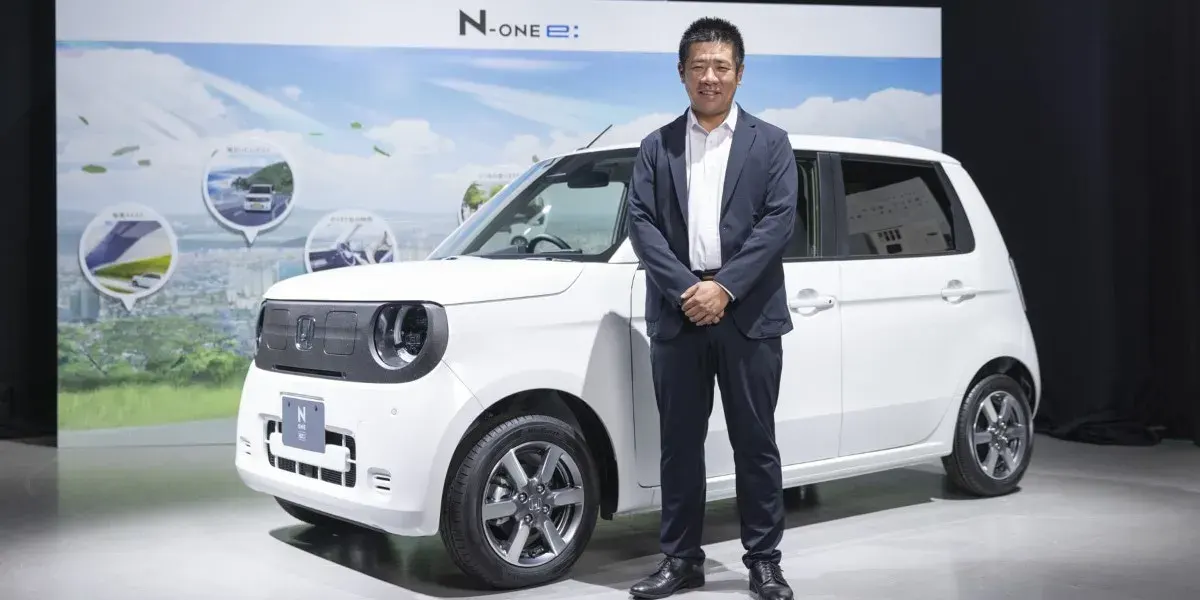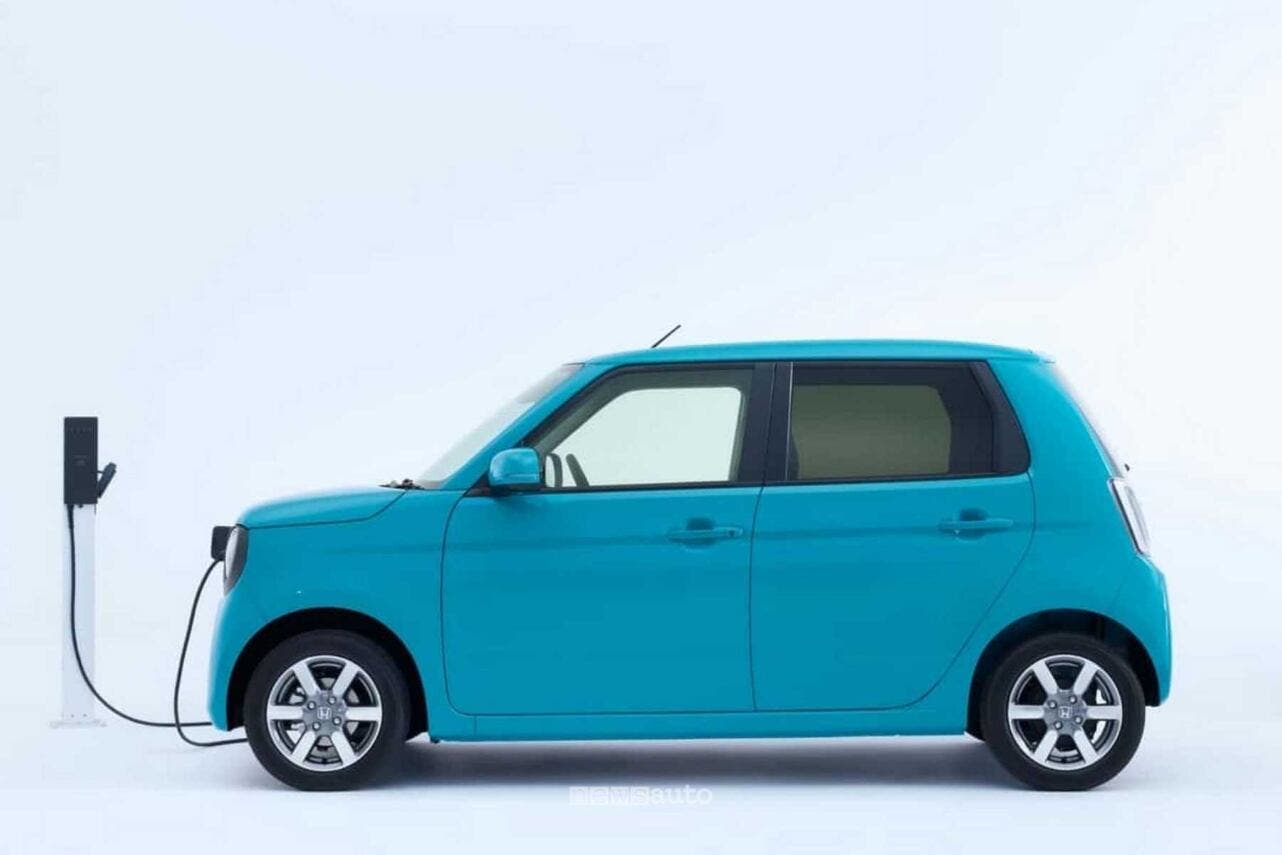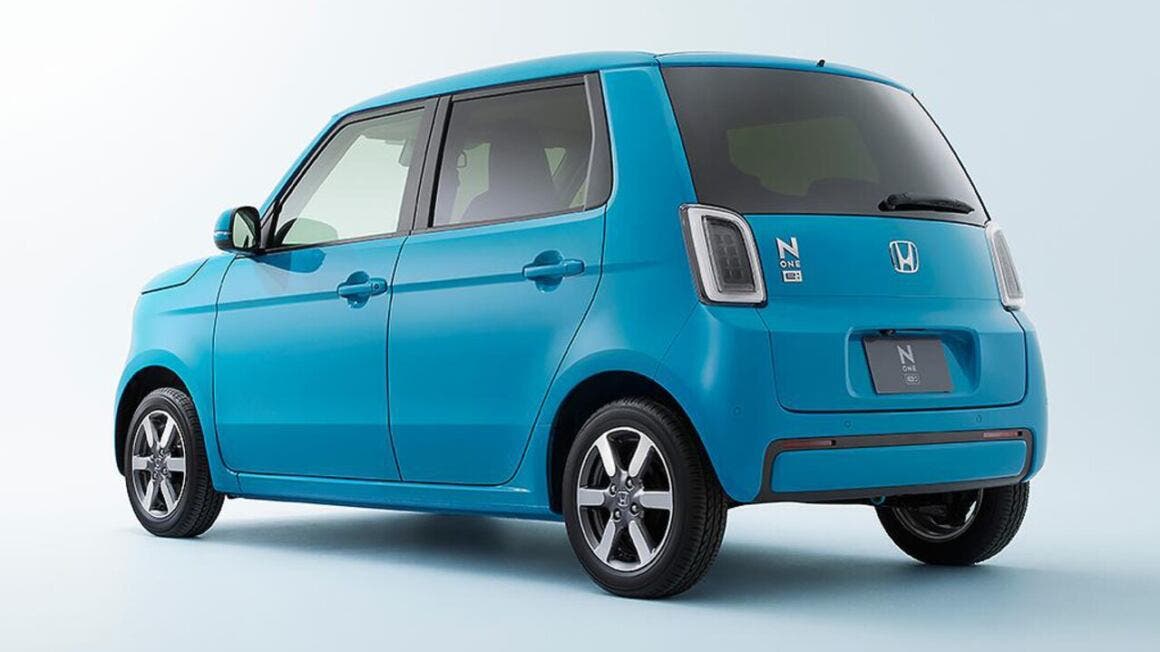Honda has officially unveiled its first fully electric kei car, the N-One e, marking an important milestone in the automaker’s electrification journey. Priced at around $18,000, the compact EV goes on sale in Japan this week.
Its design draws inspiration from the iconic 1960s Honda N360, reinterpreted today with a retro-modern aesthetic. With its compact footprint, playful looks, and surprisingly spacious cabin, the N-One e embodies Honda’s belief that small electric cars can be both practical and desirable.

Kei cars are vital in Japan: tiny, affordable, tax-friendly vehicles built for city life. By offering an impressive 183 miles of range, Honda is setting a new benchmark in this category, giving the N-One e a competitive edge over rivals. Comparisons with the Fiat Topolino highlight two different approaches. The Topolino is closer to a stylish electric quadricycle, with just two seats, basic equipment, and a modest 46 miles of range. It costs only $11,000, making it attractive as a budget urban runabout.
Honda, on the other hand, offers a more complete experience. Four usable seats, a proper rear bench, practical cargo space, and likely a much higher top speed than the Fiat’s 30 mph. The bigger question is whether cars like the N-One e could thrive outside Japan.

In the US, where SUVs and trucks dominate, kei cars may seem irrelevant. Yet many drivers are beginning to wonder why they need oversized vehicles for short trips, like grocery runs, gym visits, or school drop-offs. With its mix of efficiency, range, and everyday usability, the Honda N-One e could be an ideal second car for many families. This aligns with a growing trend: households owning both a larger, versatile vehicle for long journeys and a smaller, cost-effective EV for local errands.
The Honda N-One e fits perfectly into this model, reducing expenses and emissions without sacrificing convenience. Whether such cars succeed abroad will depend on regulations, charging infrastructure, and automakers’ willingness to experiment in unfamiliar markets.
